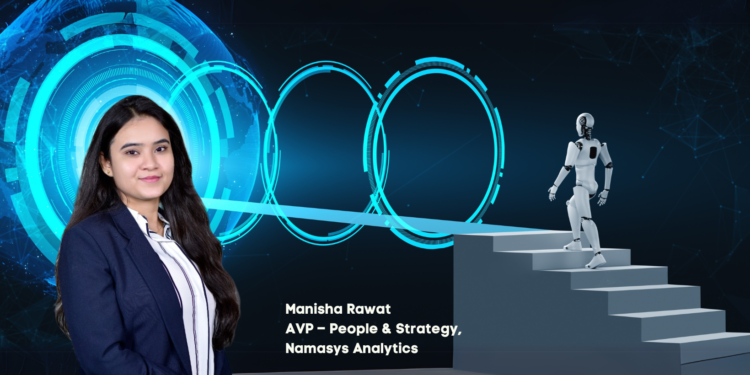There’s a quiet shift happening in boardrooms, strategy sessions, and leadership off-sites across the globe. It’s not just about digital transformation anymore—it’s about decision transformation.
In an age where uncertainty is the only constant, leaders are no longer judged by how much data they have access to, but by how quickly and confidently they can act on it.
That’s where Artificial Intelligence, particularly Generative AI and Agentic AI, is stepping in—not just as a toolset, but as a new kind of cognitive infrastructure for leadership.
“It’s not just about digital transformation—it’s about decision transformation.”
From Information Overload to Decision Velocity
Modern leaders face a paradox: we are surrounded by data, yet starved for insight. Reports pile up. Dashboards multiply. But the signal often gets lost in the noise.
Generative AI is beginning to bridge that gap. With the ability to process unstructured content—emails, documents, meeting transcripts, operational data—it transforms scattered information into synthesized, context-rich insights.
It doesn’t just summarize. It connects. It interprets. It translates complexity into clarity.
For leaders, this means that instead of scrolling through dashboards at the end of the quarter, they can start every morning with an AI-curated brief highlighting what changed, why it matters, and where their attention is needed.
“Generative AI transforms complexity into clarity—turning noise into strategic direction.”

The Emergence of Agentic Intelligence
While Generative AI enables understanding, Agentic AI empowers action.
Agentic systems go beyond interpretation. They:
- Detect anomalies in business performance,
- Recommend pre-emptive strategies,
- Simulate scenarios,
- And in some cases, autonomously execute low-risk decisions based on preset criteria.
This doesn’t mean handing over the reins. It means that your best thinkers spend less time reacting—and more time creating. Strategy becomes proactive, not reactive.
This is particularly powerful in domains like operations, risk, finance, and customer experience—where seconds matter, and patterns aren’t always visible to the human eye.
“Agentic AI lets leaders move from reaction to creation—shaping strategy in real time.”
Rethinking Leadership in the Age of Machine-Augmented Judgment

AI doesn’t replace leadership. But it changes what leadership looks like.
In the past, experience and intuition were often the cornerstones of senior decision-making. Today, the best leaders combine that wisdom with real-time intelligence powered by AI.
The shift isn’t just technological—it’s cultural:
- From command-and-control to co-pilot and collaborate.
- From gut feeling to data-informed instinct.
- From static planning to dynamic adaptation.
As People & Strategy leaders, we have a pivotal role in facilitating this shift. Our job is not only to ensure AI adoption—but to build the organizational muscles that make AI meaningful:
- Decision literacy across levels
- Trust in machine-generated insights
- Clear boundaries between human judgment and machine execution
- Systems of accountability and learning
“AI changes leadership from control to collaboration—powered by trust and literacy.”
The Future Belongs to the Decision-Intelligent Enterprise
Organizations that win in the next decade won’t necessarily be the ones with the most data—they’ll be the ones that decide better and faster than their competitors.
They’ll use AI not just to improve productivity, but to unlock clarity, speed, and strategic alignment across every level of the organization.
This is the new edge.
Not artificial intelligence.
But augmented leadership.
If strategy is how we allocate attention and action, then AI is becoming one of the most powerful instruments in the executive toolkit. The key is not fearing it—but learning how to lead with it.
Let’s not just digitize the past. Let’s build a more intelligent future.
“The next decade will be led by those who decide—not just those who know.”










